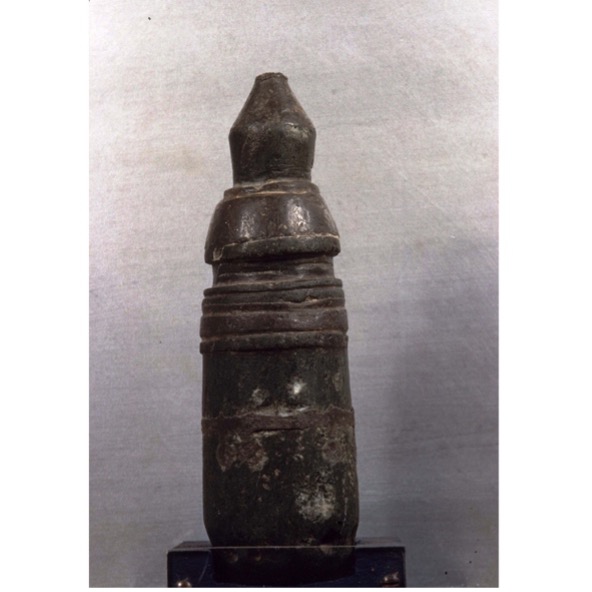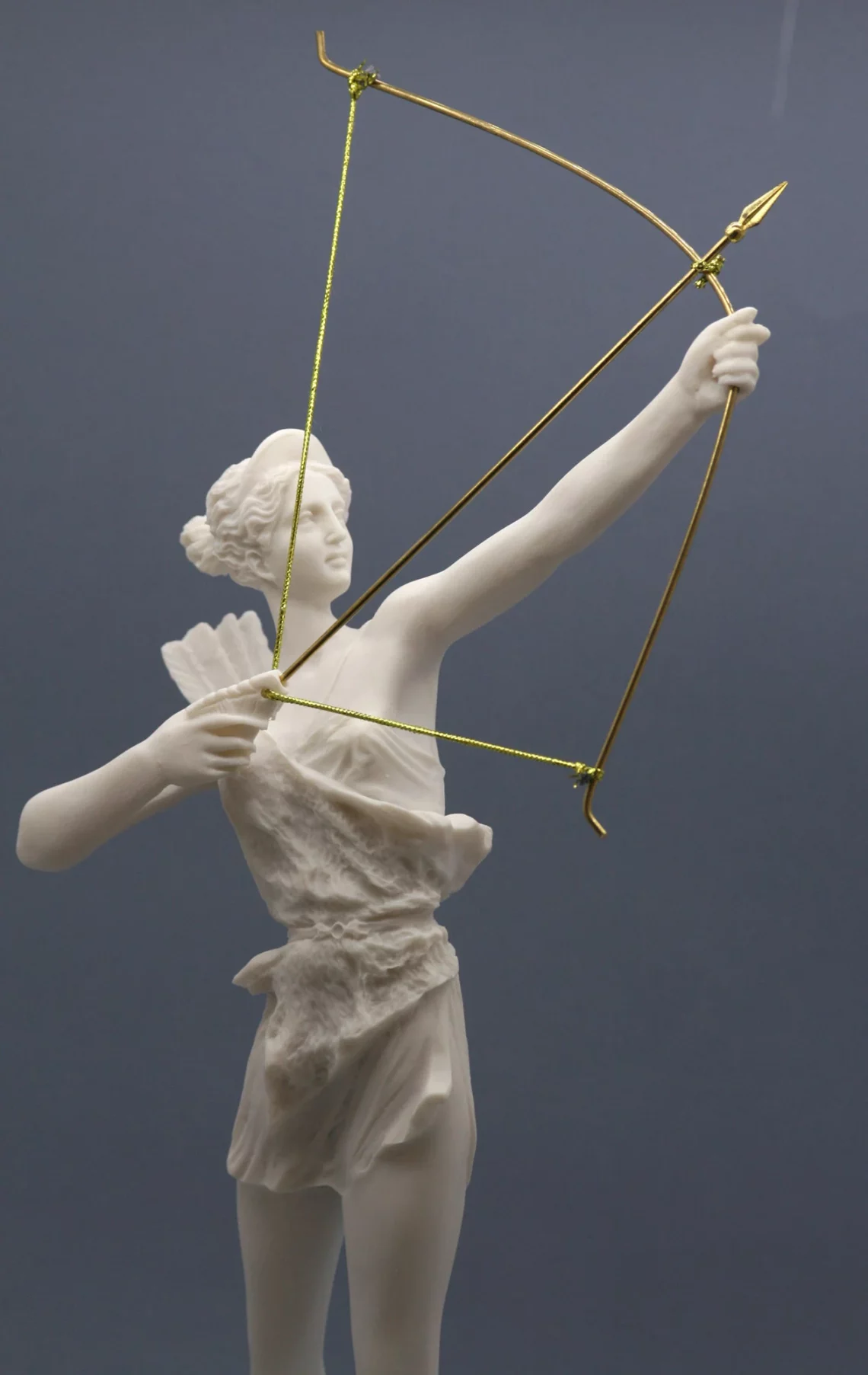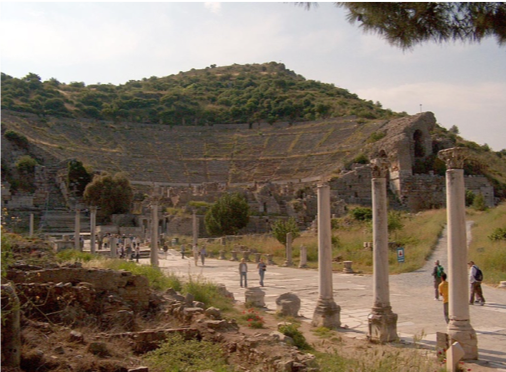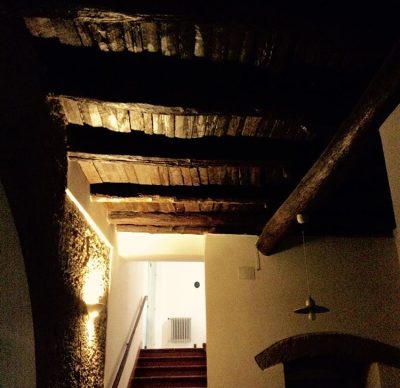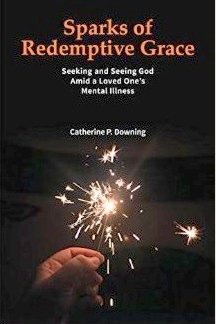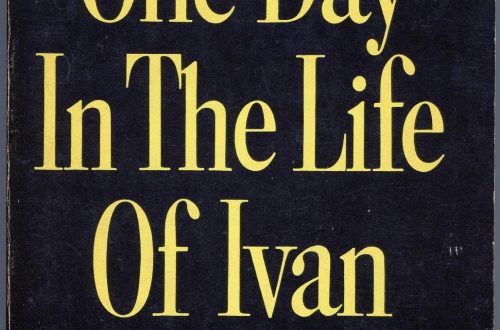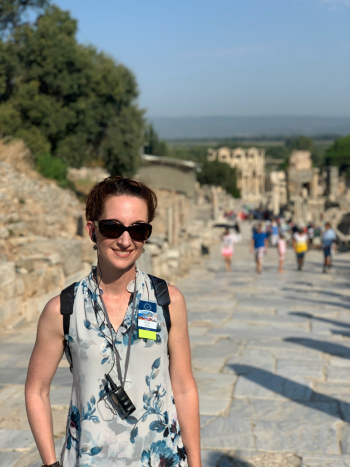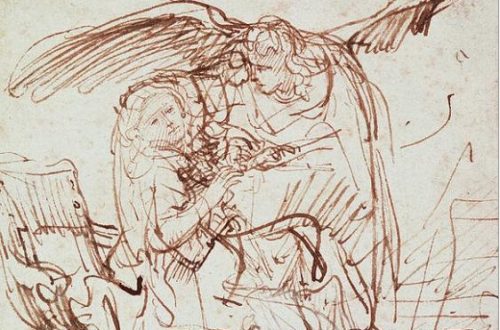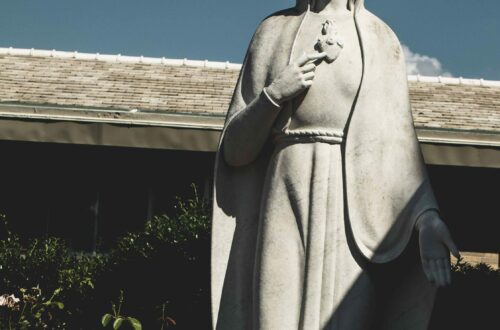-
The “image that fell from heaven” in Ephesus (Acts 19:35)
Bonus material: Stuff I discovered while researching my forthcoming book, Nobody’s Mother: Artemis of the Ephesians in Antiquity and the NT: When the Ephesian silver workers caused a disturbance over the apostle Paul’s ministry cutting into their souvenir trade, the city clerk delivered a speech in which he referenced Artemis’s “image that fell from heaven.” That’s the translation, at least. It’s awkward to render into English, because the Greek has diopetous (διοπετοῦς), “Dio” being the Greek name for Zeus. Literally, the image is “Zeus-fallen.” Zeus was Artemis’s father. So what exactly was the image to which the clerk referred? It’s possible the artifact is sitting in storage in the Liverpool…
-
Bible Backgrounds: Read Some NT Books with the Artemis Cult in View
Ever seen drawings of the ancient goddess Artemis? If so, she was probably carrying a bow and arrow. More recent iterations of her as Wonder Woman still depict her the same way—with shields, bows, and arrows. Ancient literature includes many references to Artemis as a master of archery. We see a similar connection in the epigraphic (inscription) evidence. In what is known as “the Oracle Inscription” found in the ruins of Ephesus, the goddess is described as “Artemis of the golden quiver,” a “shooter of arrows” and a “straight-shooting one.” In the ancient Ephesians’ manifestation of her, as with the more generic Artemis, the arrow was her primary weapon. What…
-
Paul, Artemis, Ephesus, and 1 Timothy:
Today I’m happy to announce I have signed a contract with IVP Academic to publish my dissertation work (plus updates) on Artemis of the Ephesians at the time of the earliest Christians. My working title is: Nobody’s Mother: Artemis in First-Century Ephesus and Why She Matters. I expect the book to release in the fall of 2023. Wendy Wilson, the Mission Advisor for Development of Women and the Women’s Development Track Exec Director at Missio Nexus asked me to write the following for their audience, and it provides a sneak preview of what you can expect when my book comes out. Many have undertaken to explain how understanding the identity…
-
Meditations on COVID-19
Catherine of Siena has a particularly relevant story as our world faces what could be the Black Death of MMXX. One hundred seventy years before the Protestant Reformation, the plague of the day swept through Siena, and by AD 1349, half the population was dead. Half. Fifty percent. Not one percent. Not two percent. Fifty. In some places even sixty percent. They didn’t have tests. So maybe somebody exaggerated. So let’s just round down to fifty. In the middle of this—the first of several such pandemics—Catherine was born. Her parents’ twenty-fourth child, Catherine lost a twin at birth. A younger sister after her died as well, making Catherine the youngest of a…
-
Journey With Me to Ephesus
This month I take you on a photographic tour of Ephesus. The city of Ephesus was the capital of the Roman province of Asia (Asia Minor, modern Turkey). It was an important political, educational, and commercial center as it was the gateway to Asia. It was a strategic military location and the hub for caravan travel. Ephesus was also known for the temple of Artemis, one of the Seven Wonders of the Ancient World (Acts 19:35). (To learn more about Artemis, please see the blogs linked below.) As it was such an important commercial center and located on the coast of the Aegean Sea, it was an affluent city. Its markets would…
-
Frail Woman, Fierce Faith
I remember sitting on her emerald and cream flowery sofa. She appeared frail with her coiffed white hair, arthritic hands, and five-foot frame. But as she spoke, I noticed something fierce gleaming from behind her gentle demeanor. This woman—widowed, aging, and often forgotten—possessed great faith. Now as a married woman myself, I hold such women in high esteem. It’s difficult to be a widow. In Paul’s day, it was downright dangerous. Consider the description he gave the Ephesians regarding the widows entrusted to the church’s care. “She who is truly a widow, left all alone, has set her hope on God and continues in supplications and prayers night and day”…
-
Who Was Artemis and Why Does It Matter? Part II
In modern cities when a woman goes into labor, relatives squeal, cheer, and celebrate. But in first-century Ephesus, the response would have been much different. Think terror. Childbirth in the ancient world carried legitimate fears of writhing and death—as is still true in much of the developing world today. In Part One, I said first-century Ephesians worshiped a uniquely Ephesian Artemis whose re-built temple was the crown jewel of the world’s Seven Wonders. This Artemis was the illegitimate daughter of Leto and Zeus, sister of Apollo, goddess of the hunt, and a confirmed virgin. Yet Artemis Ephesia had additional characteristics. And one of these was her association with childbearing. Many…
-
Who Was Artemis and Why Does It Matter?
Artemis of the Ephesians. Most commentators refer to her as a fertility goddess. Yet that’s probably incorrect. So in this two-part series we’ll explore her identity. In Acts 19 we read that Paul’s evangelization of the Roman Empire threatened the Artemis silver workers’ trade in Ephesus. In Paul’s day Artemis’s temple in Ephesus stood as the most preeminent of the Seven Wonders of the World. People came from all over to see it. Ancient images of Artemis, the virgin goddess, abound. Yet on coins and paintings that depict “Artemis of the Ephesians,” we often find an altogether unique image from that of the typical short-skirted Artemis carrying a bow. The…
